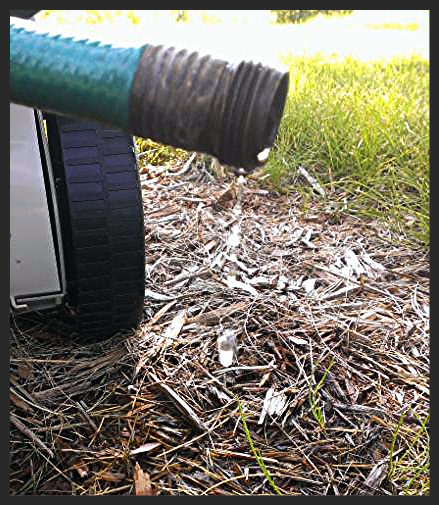Do We Need to Conserve Water in the Land of 10,000 Lakes?
It's sometimes difficult for Minnesotans to appreciate water scarcity. We are blessed with a multitude of amazing lakes, interesting ponds, mysterious creeks, and mighty rivers. Throw a stone around here and you are likely going to hear it splashing into a lake or a river.
The severe drought in the west has put California and water conservation in the national headlines. Even though they are over a thousand miles away in an arid climate to begin with, it makes us think about our water, and our environment. Minnesota, our slogan, our culture, tourism, agriculture, and many other industries are centered on our abundant water. As plentiful as it is here, it is not inexhaustible.
Over the last few years, in our own backyard, we heard about White Bear Lake and its water level decline. Locally, this helped to sound the alarm that we have a finite amount of ground water, and most lakes and rivers are affected by ground water use. Only around 10 to 25 percent of our annual rainfall is able to sink into the ground and replenish our aquifers. Thus, it becomes really important for us to look at ways to conserve water, even in the Land of 10,000 Lakes!

Here are a few easy things you can do to conserve water:
1. Do you really use all of that incredibly needy turf grass? If you answered "heck no," consider removing at least a portion of it and plant gardens with native plants that require less water and no nutrient inputs. Native plants, once established, survive extended periods of drought and don't require consistent watering like water-dependent turf grass. Replacing turf along the water's edge not only saves water, but creates critical habitat and reduces erosion.
2. Capture rainwater for reuse! Cisterns, rain barrels, and other awesome stormwater capturing devices make it easy to collect and store rainwater for gardening uses. They come in a large variety of sizes to make it easy for you to water your gardens or lawns with rain water! Have irrigation? You could also install gauges on your sprinklers so they don't go off while it's raining-which will save a lot of water and avoid looking silly. You can also use rain gardens to capture water before it goes into storm sewers. They help water percolate back into the soil instead of running off. Native plants are often used in rain gardens because they can tolerate moist or dry conditions.

3. Are you watering your turf grass effectively? You've always just thrown on the sprinklers for a few hours every other day, but is that the best method? Turf grass in Minnesota only needs about 15 minutes of watering per session or one inch of water per week (about enough to fill up an empty tuna can). Also, make sure your sprinklers are only watering your lawn and plantings and aren't falling onto the driveway pavement where it will just wash away! You can also water in the early morning or later in the evening to prevent the water from quickly evaporating.

4. Check for leaks! Sink, toilet, or garden hose leaks can waste a surprising amount of water, even if it is just a slow drip (1 leaky faucet that drips 1 drop per second wastes 2,082 gallons of water a year). Remodeling your home or need new appliances? Look into energy efficient or water efficient models that can help save you money and water! In some cases you can even get rebates from local government agencies to help pay for water efficient appliances.

5. Talk to your politicians! Let them know that you want to protect our waters and are interested in legislation that would help conserve it! Support and follow water use ordinances in your community which are there to promote water conservation.
It's up to all of us to help conserve our water to make sure it is plentiful for future generations. More and more we are seeing the effects of climate change. The experts suggest more erratic weather, which means that we could see an increased frequency of both floods and droughts. It also means that we could eventually see ourselves in the same position as other states that are currently desperate for water. If we all stay aware of our water use, we will make better decisions that will help to conserve the lakes, rivers, and aquifers that we depend upon and love!
